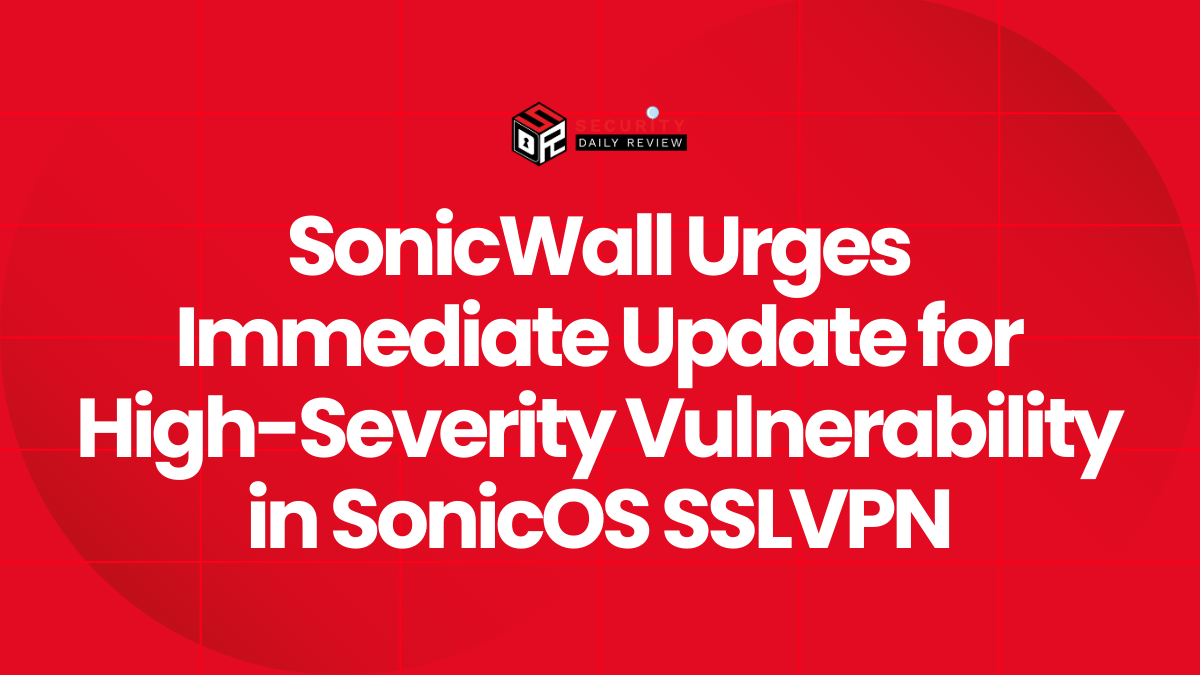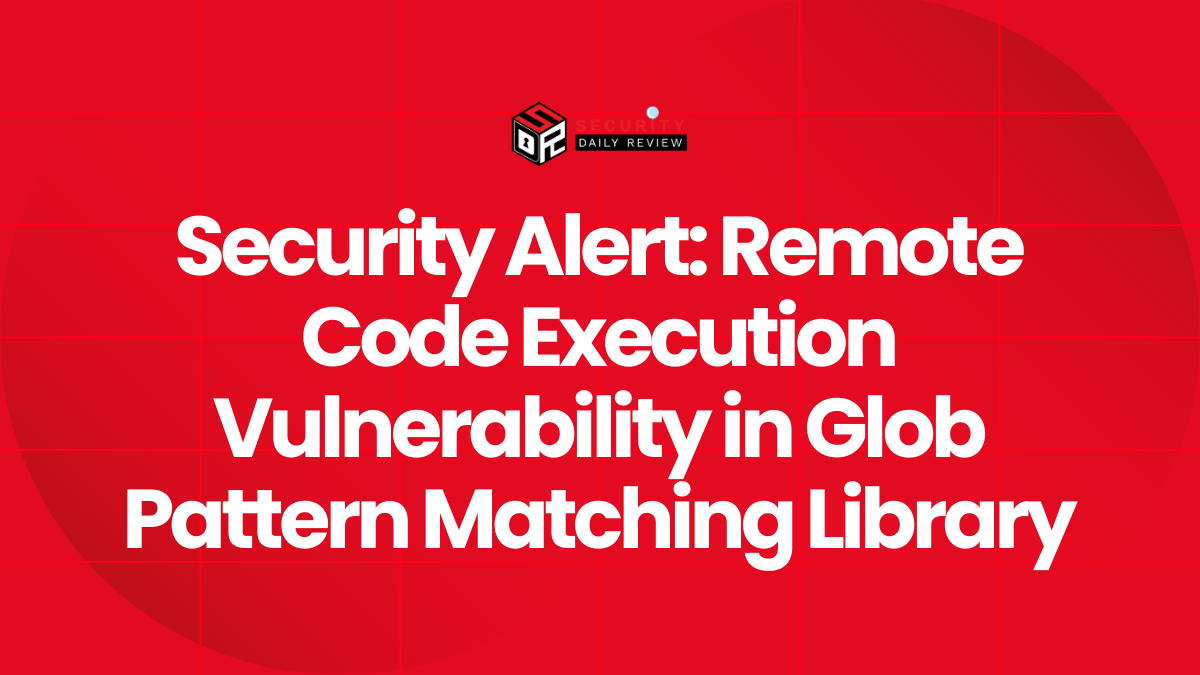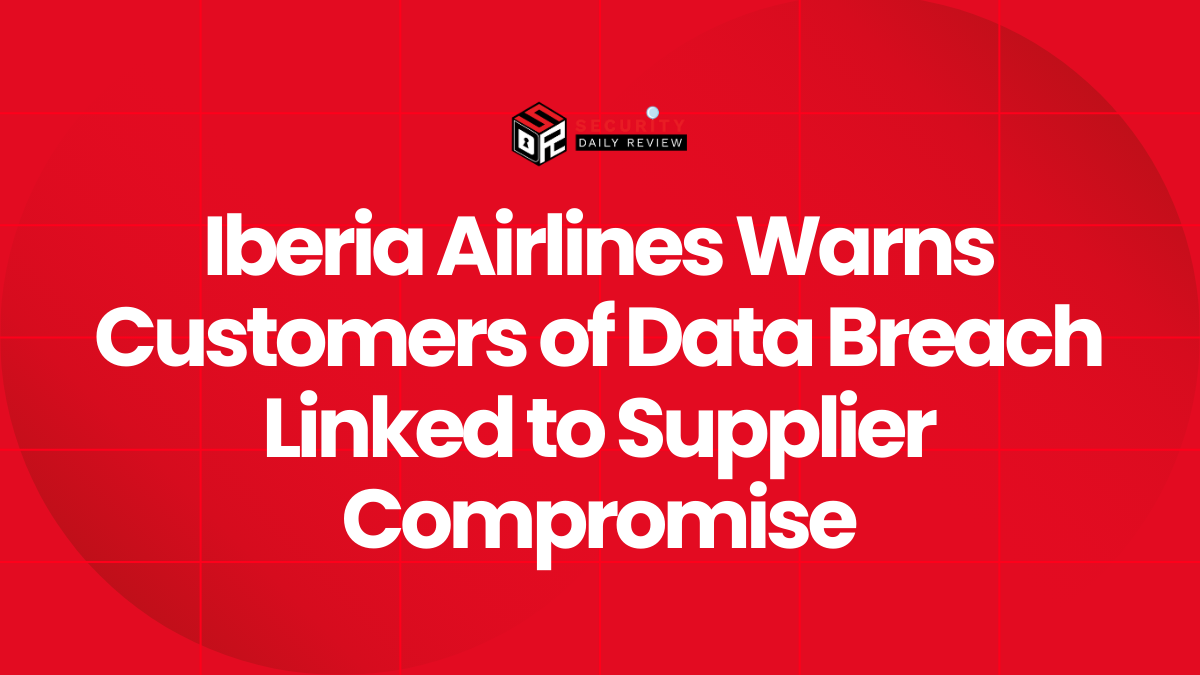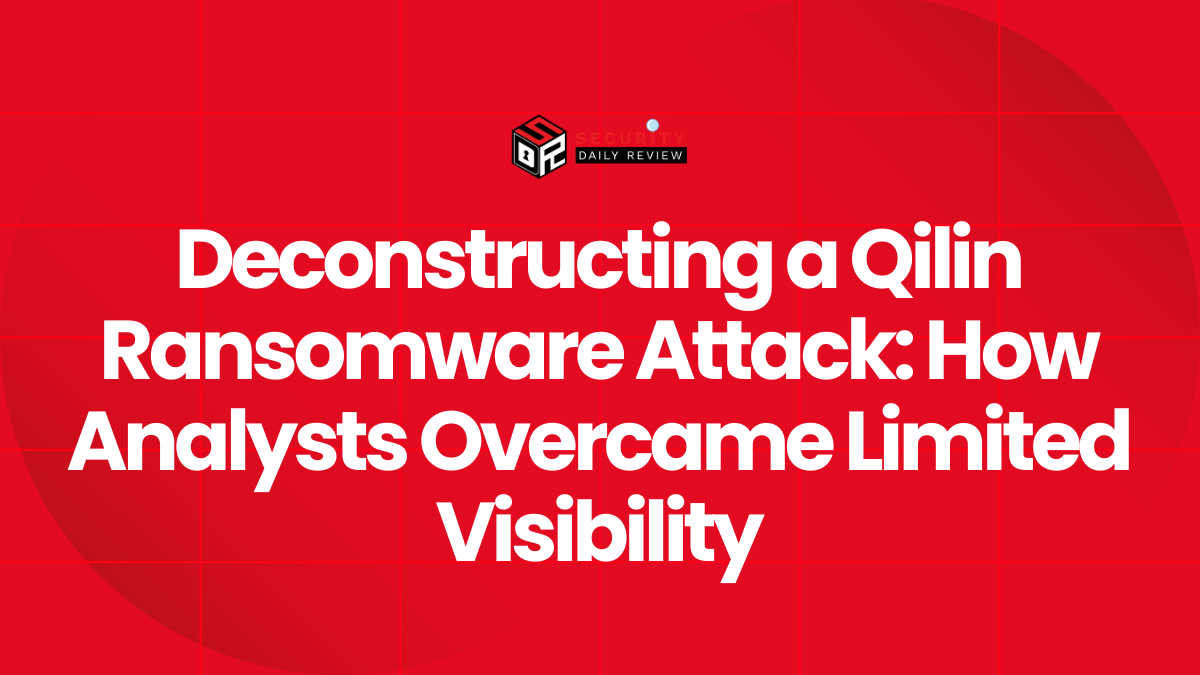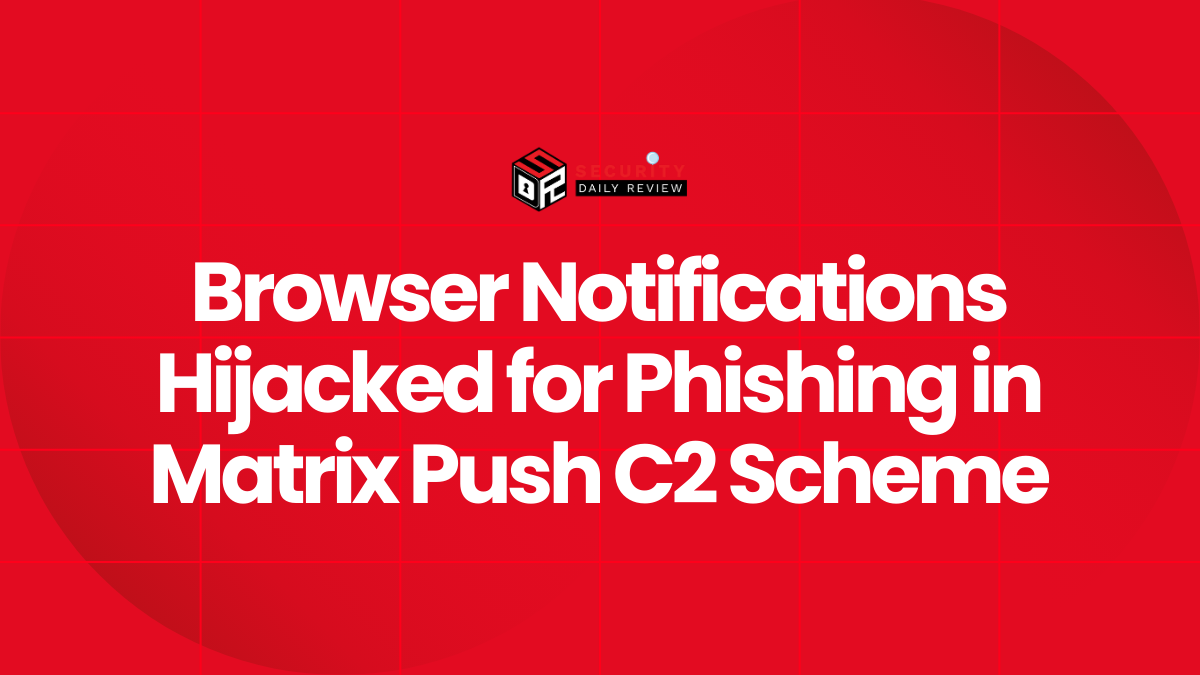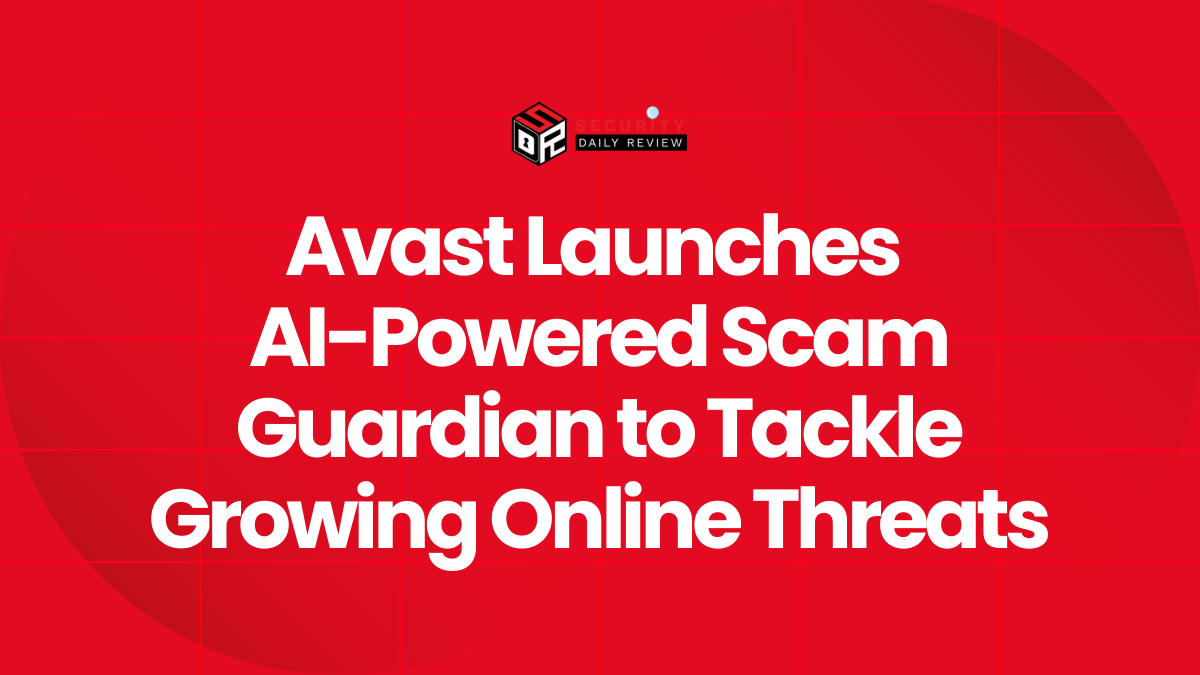SonicWall, a well-known provider of network security solutions, has recently issued an urgent security alert regarding a significant vulnerability discovered in its SonicOS SSLVPN product. This high-severity buffer overflow flaw, identified as CVE-2025-40601 with a CVSS score of 7.5, has the potential to severely impact SonicWall’s Gen7 and Gen8 firewall products. The company is strongly advising its user base to apply the latest patches without delay to mitigate this risk.
Understanding the SonicOS SSLVPN Vulnerability
The identified flaw in the SonicOS SSLVPN is a buffer overflow vulnerability. In technical terms, a buffer overflow occurs when a program writes more data to a buffer than it can hold. This can cause the program to crash or, worse, open the door for potential exploitation by cybercriminals. In this particular case, the vulnerability holds the capability to crash SonicWall’s Gen7 and Gen8 firewall products.
Potential Impact Of Exploitation
The immediate threat posed by CVE-2025-40601 is the potential crashing of the affected firewall devices. For organizations relying on these firewalls to protect their networks and data, a crash could lead to a temporary loss of security measures, rendering the network vulnerable to attacks. Additionally, the time required to restore service post-crash can vary, leaving systems exposed.
Possible consequences include:
- Unscheduled downtime
- Increased vulnerability to cyberattacks
- Potential data breaches and associated financial loss
SonicWall’s Recommendations for Users
In response to the discovery of this high-severity flaw, SonicWall has swiftly provided patches to protect against potential exploitation. The company is urging all customers using affected firewall products to promptly apply the updates available through their official channels.
Ensuring Security Compliance
To secure their systems efficiently, organizations should abide by the following recommendations:
- Verify the current firmware version of your SonicWall devices to ascertain if updates are required.
- Download and install the latest patches for SonicOS SSLVPN from SonicWall’s trusted sites.
- Regularly review security bulletins and advisories issued by SonicWall and other cybersecurity authorities.
- Implement robust monitoring practices to detect unusual activities that might signal exploitation attempts.
A Proactive Approach is Necessary
In the wake of the SonicOS SSLVPN vulnerability, being proactive is crucial in cybersecurity. Organizations can substantially mitigate risks by maintaining updated systems and adhering to recommended security practices. SonicWall’s timely response and the release of corrective patches underscore the importance of quickly adapting to emerging threats in the cybersecurity landscape to safeguard valuable data assets and ensure operational continuity.

